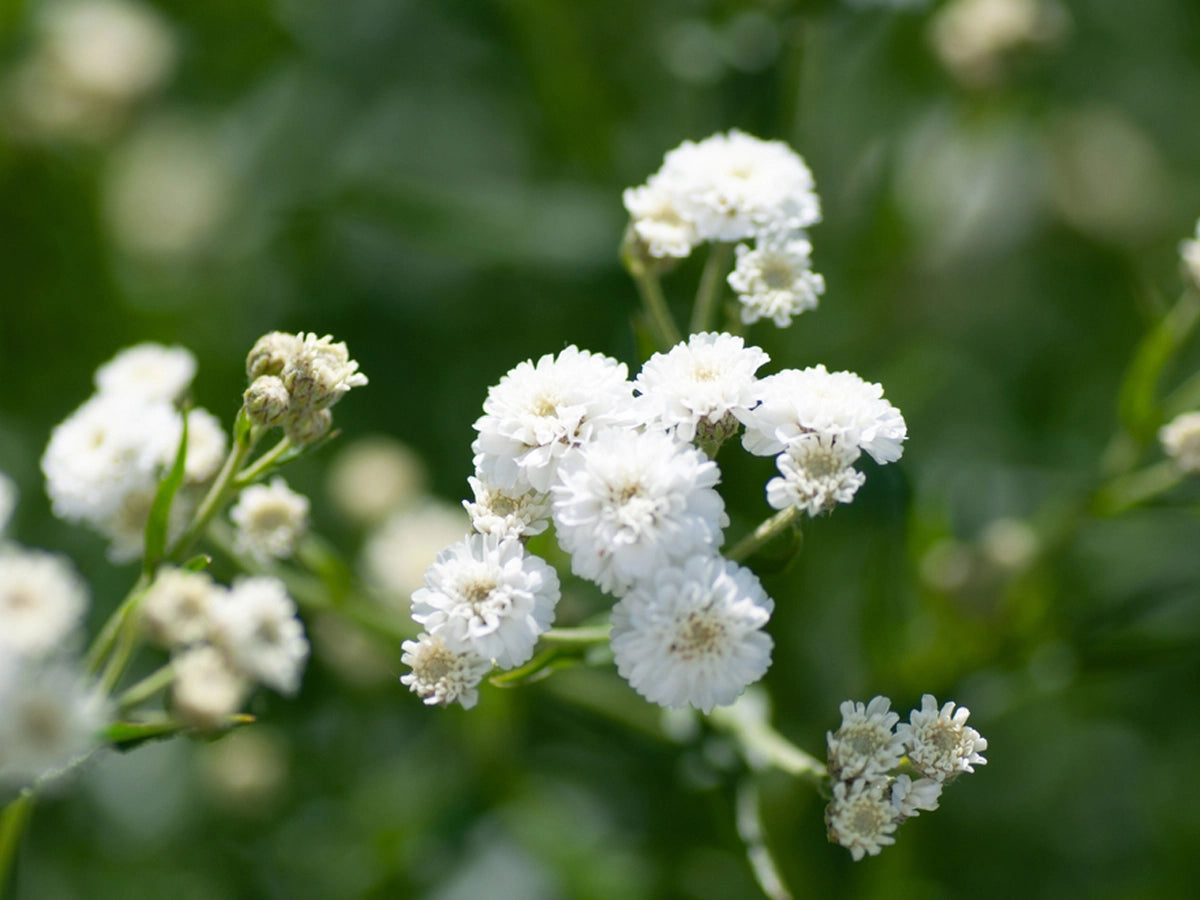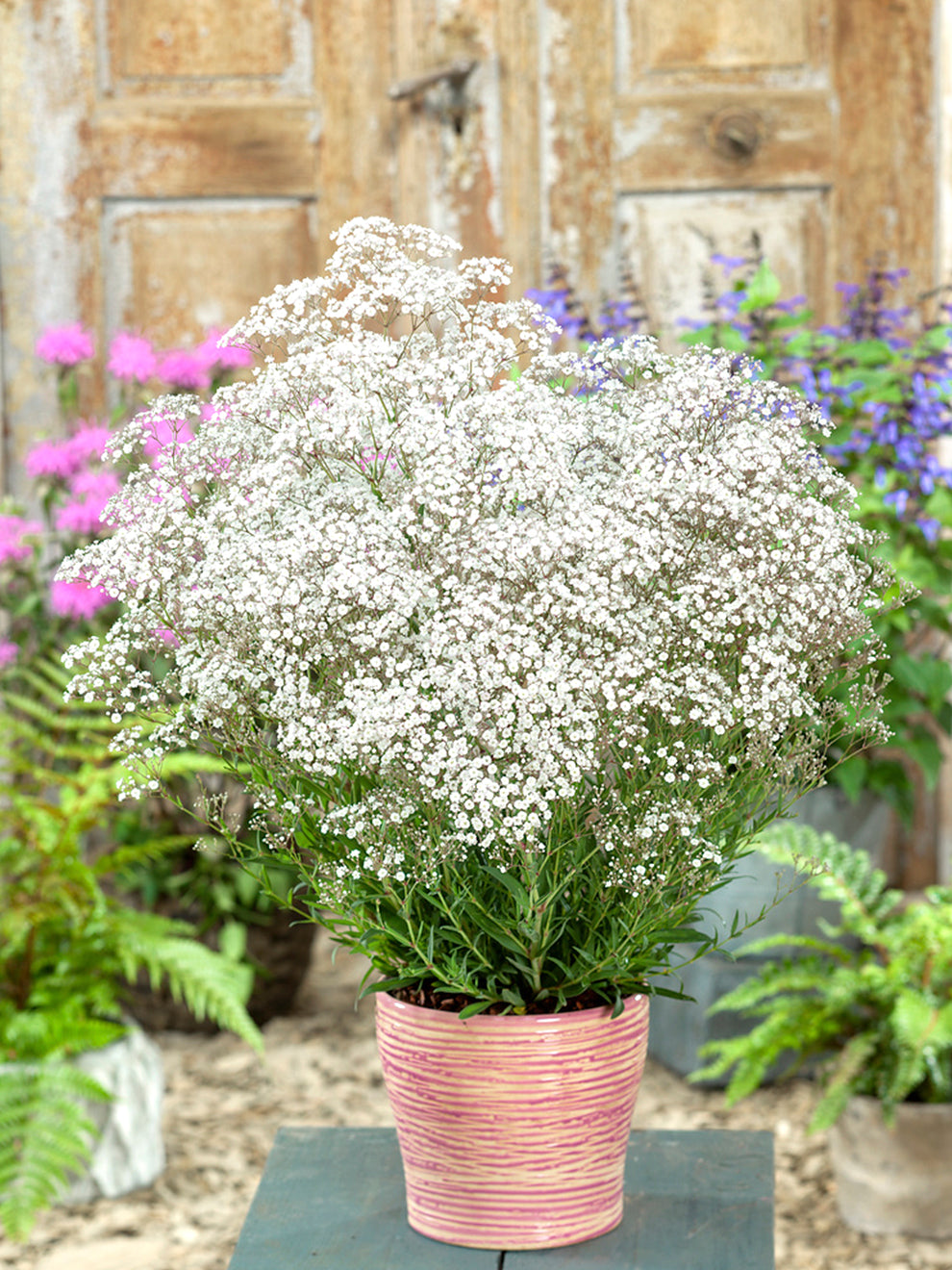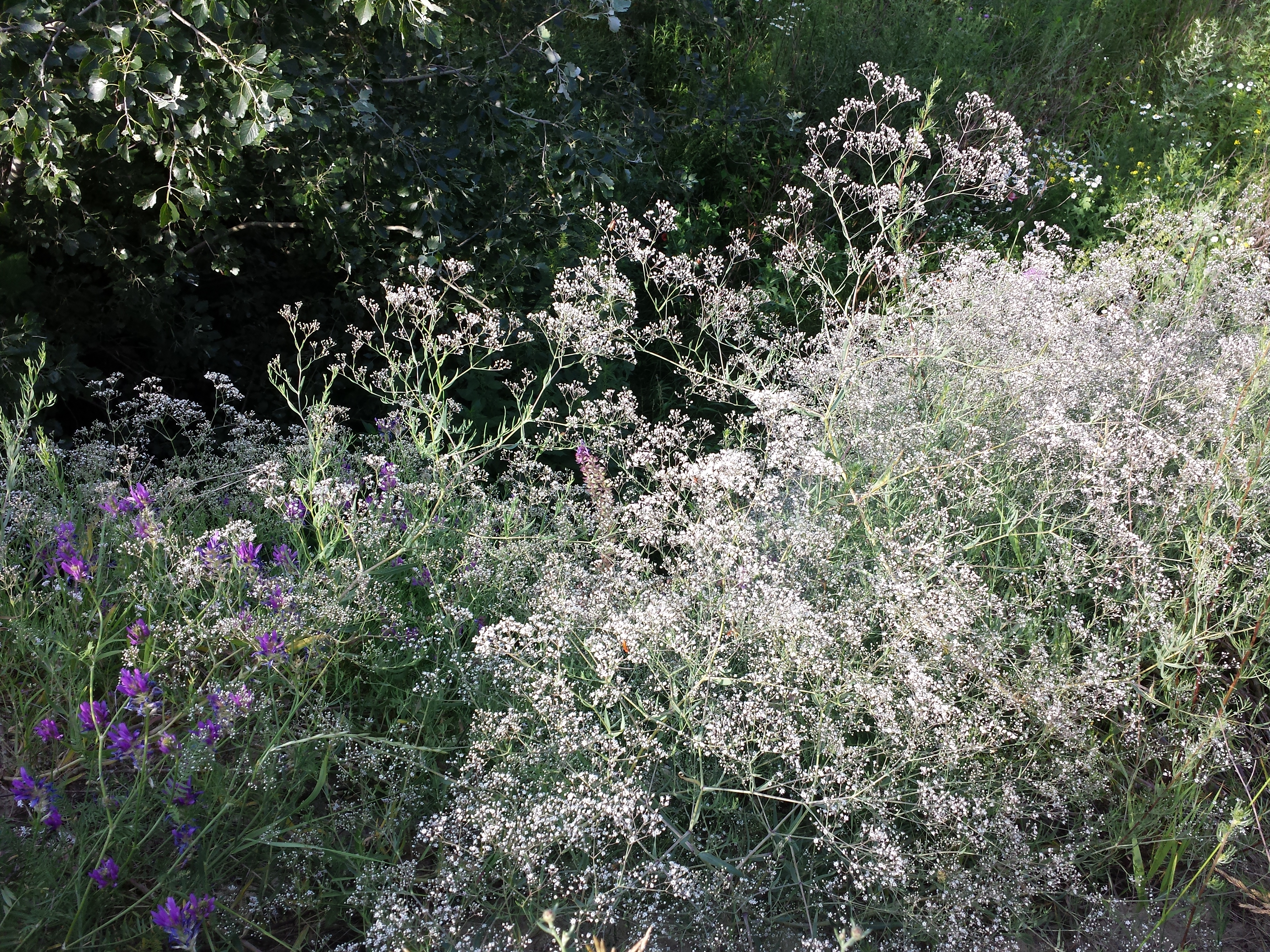
Gypsophila Plant
Gypsophila Plant: A Delicate Beauty in the Garden
Introduction
Gypsophila, commonly known as Baby’s Breath, is a delicate and beautiful plant that is often used in floral arrangements and as a filler in bouquets. This plant is native to Europe, Asia, and Africa and belongs to the Caryophyllaceae family. Gypsophila comes in various shapes and sizes, with some varieties reaching up to three feet in height.
Characteristics of Gypsophila
Gypsophila plants have thin stems and small white or pink flowers that grow in clusters. The flowers are small, but they are abundant, creating a delicate and airy appearance. The leaves of the plant are narrow and linear, adding to its graceful appearance.
Growing Conditions
Gypsophila plants thrive in full sun but can tolerate partial shade. They prefer well-draining soil that is rich in organic matter. These plants are drought-tolerant once established but benefit from regular watering during dry spells. Gypsophila plants are also relatively low-maintenance and do not require frequent fertilization.
Propagation

Gypsophila plants can be propagated from seeds or by division. Seeds can be sown directly into the ground in the spring or started indoors and transplanted once the weather warms up. Division is another method of propagation, where the plant is divided into smaller sections and replanted.
Uses in the Garden
Gypsophila plants are often used as border plants, ground covers, or as filler in mixed flower beds. They also make excellent cut flowers and are commonly used in floral arrangements and wedding bouquets. The delicate appearance of the flowers adds a soft and romantic touch to any garden or bouquet.
Care and Maintenance
Gypsophila plants require minimal care and maintenance. Deadheading spent flowers will encourage new growth and prolong the blooming period. Regular watering during dry spells and occasional fertilization will help keep the plant healthy and thriving.
Common Varieties

There are several varieties of Gypsophila plants, each with its unique characteristics. Some popular varieties include Gypsophila paniculata, Gypsophila elegans, and Gypsophila repens. Each variety has its own specific growing requirements and flower characteristics.
Pests and Diseases
Gypsophila plants are relatively pest and disease-resistant. However, they may be susceptible to aphids, spider mites, and powdery mildew. Regular inspection of the plant and proper care will help prevent and manage pest and disease issues.
Companion Plants
Gypsophila plants pair well with a variety of other plants in the garden. Some ideal companion plants include roses, lavender, delphiniums, and peonies. The delicate appearance of Gypsophila flowers complements the bold colors and shapes of these companion plants.
Seasonal Interest
Gypsophila plants bloom in the summer and early fall, adding a touch of beauty to the garden when many other plants are winding down. The delicate white or pink flowers create a soft and romantic atmosphere in the garden, making them a popular choice for weddings and special occasions.
Container Gardening
Gypsophila plants can also be grown in containers, making them a versatile option for small gardens or balconies. Choose a well-draining potting mix and ensure the container has drainage holes at the bottom. Regular watering and occasional fertilization will help keep the plant healthy and blooming.
Pruning and Shaping
Gypsophila plants do not require extensive pruning or shaping. However, removing dead or damaged stems and spent flowers will help promote new growth and maintain a tidy appearance. Pruning should be done in the spring or after the blooming period.
Overwintering
In colder climates, Gypsophila plants may need protection during the winter months. Mulching around the base of the plant will help insulate the roots and protect them from freezing temperatures. In regions with harsh winters, consider bringing container-grown plants indoors.
Landscaping Ideas
Gypsophila plants can be used in a variety of landscaping ideas to add beauty and interest to the garden. Plant them along borders, in rock gardens, or as a focal point in a mixed flower bed. Their delicate appearance and airy flowers make them a versatile and popular choice for landscaping.
Benefits of Gypsophila
Gypsophila plants offer several benefits to the garden and the gardener. Their delicate flowers add beauty and elegance to floral arrangements and bouquets, making them a popular choice for special occasions. In the garden, they attract pollinators and beneficial insects, helping to create a healthy and vibrant ecosystem.
FAQs
1. Is Gypsophila easy to grow?
Gypsophila plants are relatively easy to grow and require minimal care and maintenance. They thrive in full sun and well-drained soil, making them a versatile option for gardeners of all skill levels.
2. How often should I water Gypsophila plants?
Gypsophila plants prefer regular watering, especially during dry spells. Water the plants deeply once a week, allowing the soil to dry out slightly between waterings. Avoid overwatering, as this can lead to root rot and other issues.
3. Can I use Gypsophila in cut flower arrangements?
Yes, Gypsophila plants are commonly used in cut flower arrangements and bouquets. The delicate white or pink flowers add a soft and romantic touch to floral displays, making them a popular choice for weddings and special occasions.
Conclusion
Overall, Gypsophila plants are a beautiful and versatile addition to any garden. Whether used as border plants, ground covers, or in floral arrangements, their delicate flowers add a touch of elegance and beauty to any setting. With minimal care and maintenance, Gypsophila plants will thrive and bring joy to gardeners and admirers alike.